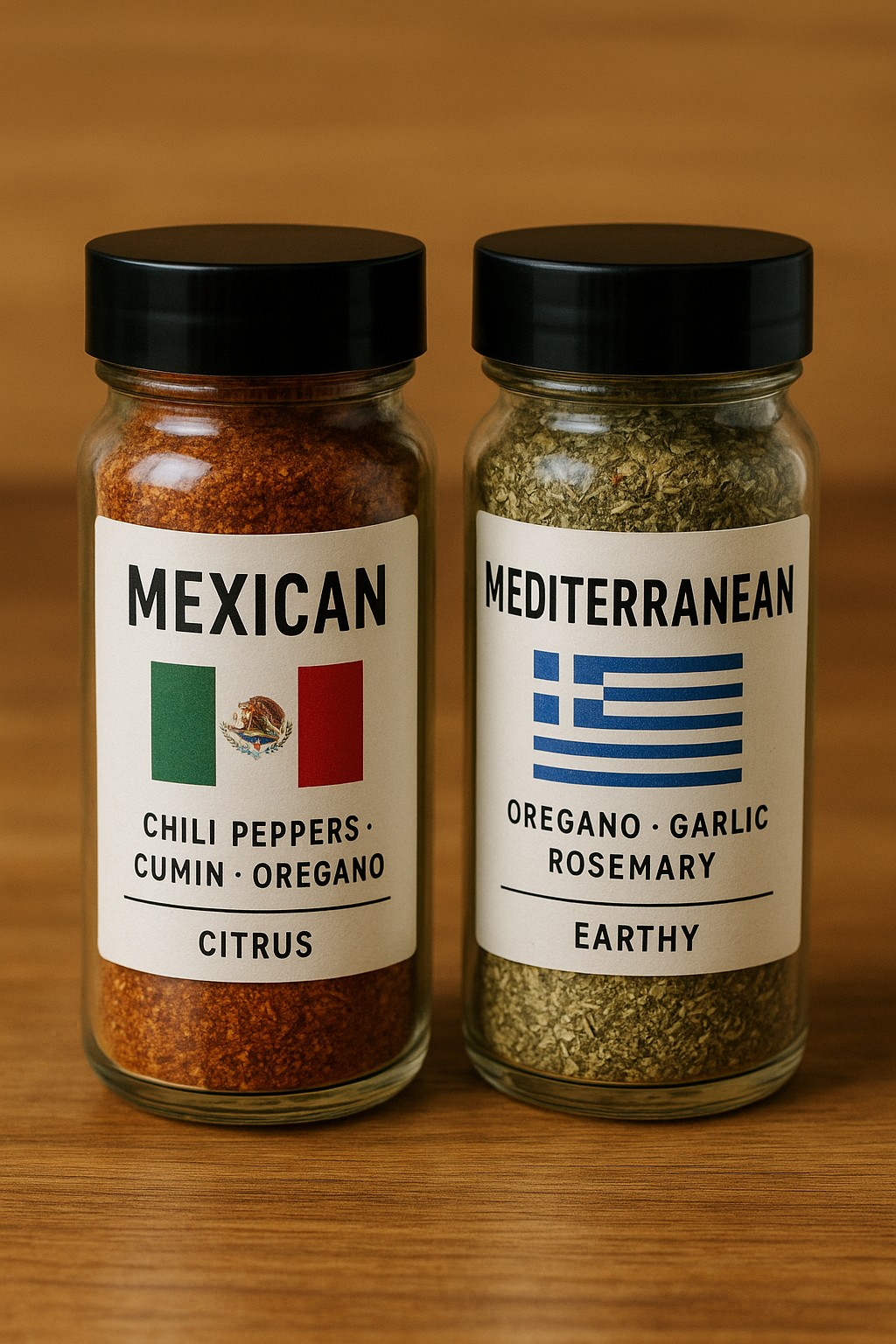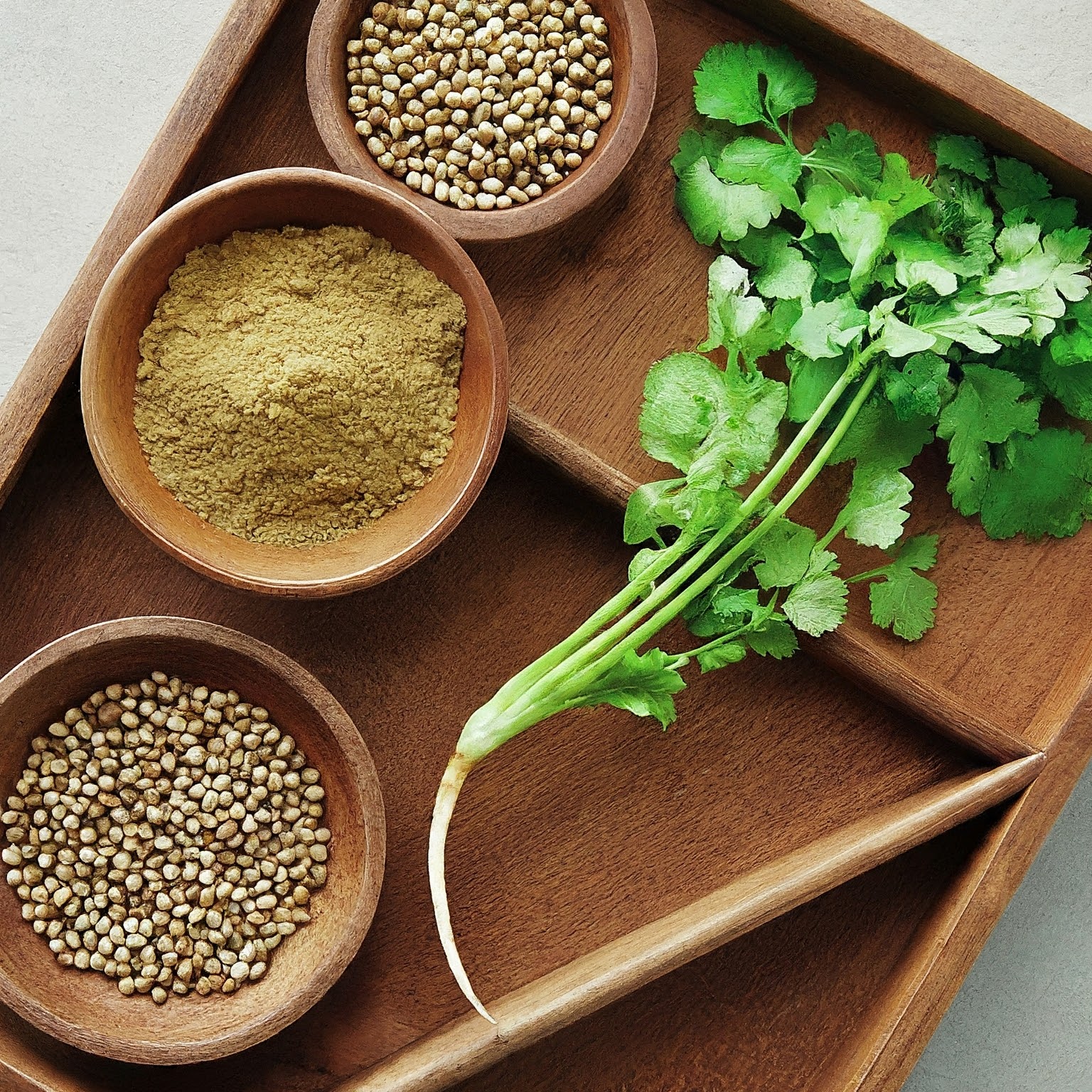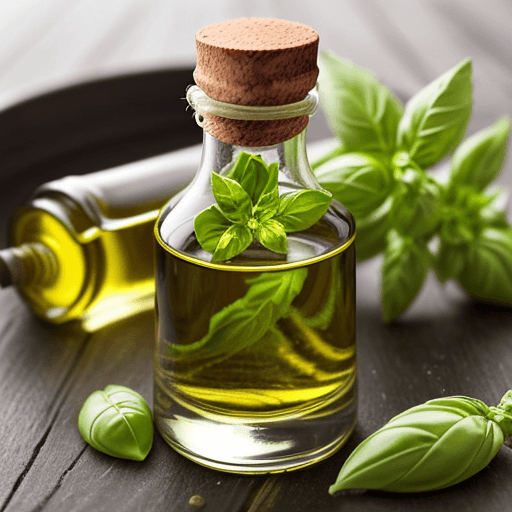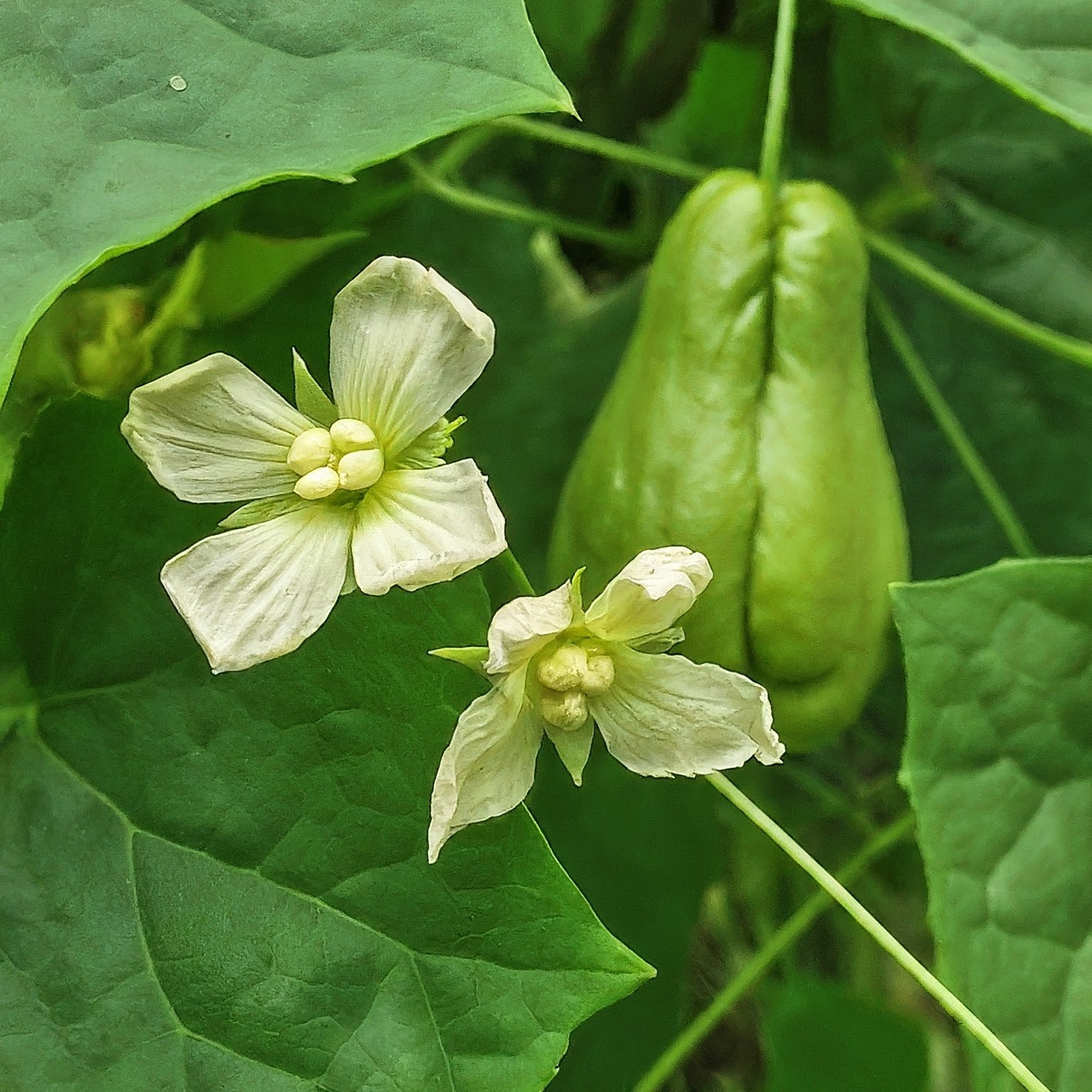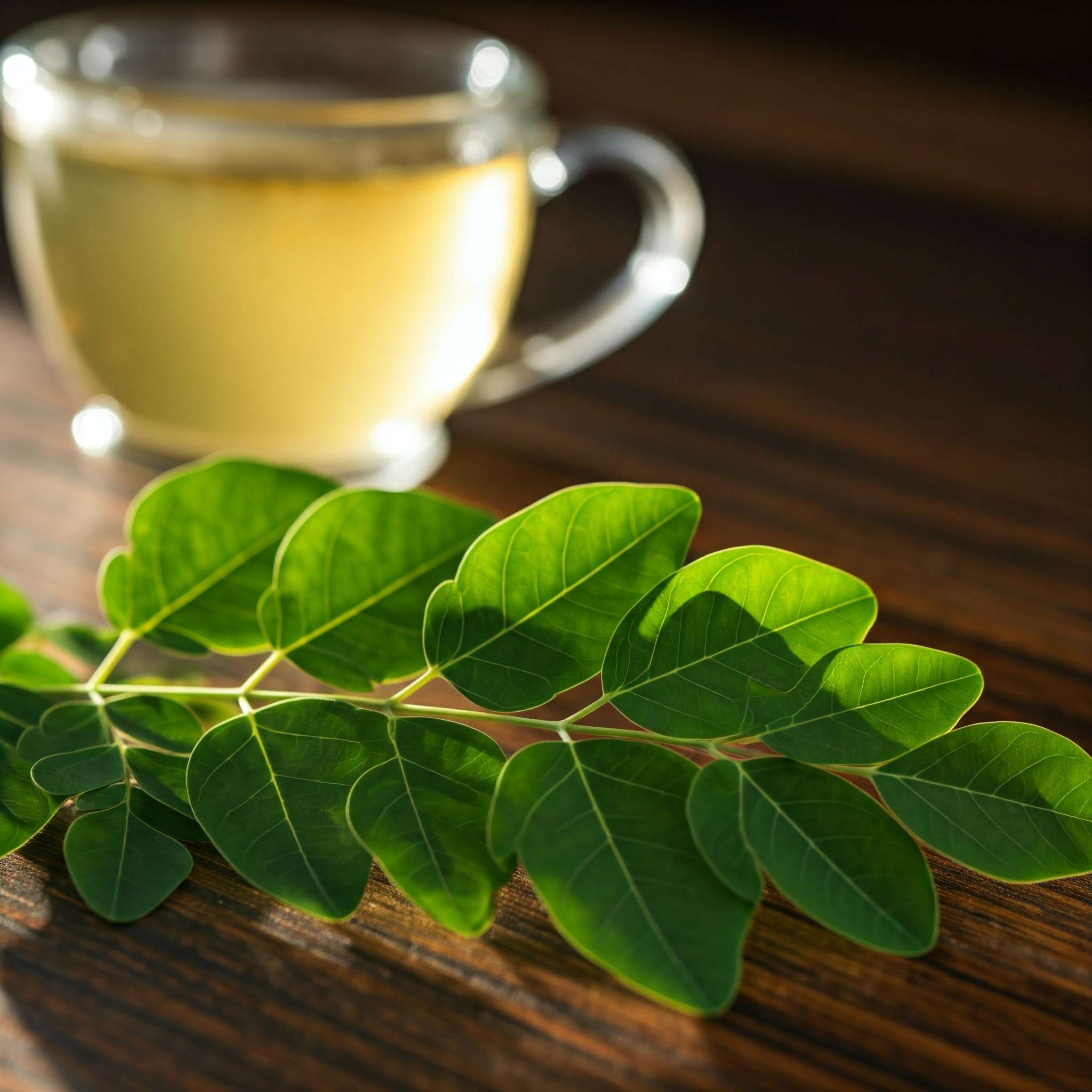Discover the tangy zest of Sumac Spice, a versatile Middle Eastern seasoning known for its vibrant flavor and rich antioxidants. Elevate your culinary creations with this essential ingredient, perfect for adding a citrusy twist to your favorite dishes.
Nestled within the heart of Middle Eastern cuisine lies a crimson gem known as sumac. Derived from the Arabic word “summaq,” meaning “dark red,” this vibrant spice tantalizes taste buds with its rich history and captivating flavor profile. Let’s embark on a journey to discover the essence of sumac spice.
What is Sumac spice?
Sumac spice emerges from the berry fruit of the Rhus Coriaria shrub, a resilient plant that thrives in the sun-drenched regions of the Mediterranean basin. Originally cultivated in these ancient lands, sumac later found its way to Europe, where its allure spread far and wide. The berries, carefully harvested at peak ripeness, undergo a meticulous transformation. Dried, ground, and sifted into a course, crimson-colored powder, sumac embodies the essence of culinary artistry, ready to adorn dishes with its striking hue and tantalizing flavor.
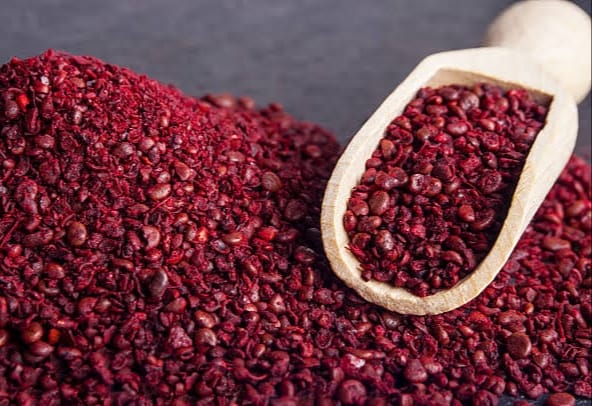
Sumac Flavor
At the heart of sumac’s allure lies its captivating flavor profile. A symphony of taste awaits, as sumac unveils its tangy, citrusy essence, interwoven with subtle hints of earthy sweetness and delicate floral notes. It’s mine to the taste of fresh lemon juice, yet with a complexity and nuance that dance across the palate. Sumac Spice emerges as a culinary chameleon, acting as a “dry acid” that elevates natural flavors in dishes, akin to the transformative power of salt. With sumac, every bite becomes a culinary adventure, inviting exploration and delight.
Intriguing and versatile, sumac stands as a testament to the enduring legacy of Middle Eastern cuisine, captivating hearts and palates with its vibrant hue and tantalizing flavor. Join us as we delve deeper into the world of sumac, where each sprinkle brings forth a burst of flavor and a touch of culinary magic.
Uses of Sumac Spice
Culinary Delight
Sumac is a staple ingredient in Mediterranean, Middle Eastern, and North African cuisines, where it is used to season salads, meats, rice dishes, and dips such as hummus and tzatziki.
Decorative Garnish
With its vibrant red hue, sumac spice serves as a visually appealing garnish for various dishes, adding a pop of color and tangy flavor.
Flavor Enhancer
It enhances the flavor profile of dishes with its citrusy, tart taste, making it a versatile seasoning for both savory and sweet recipes.
Sumac spice Substitutes
If you don’t have sumac spice on hand, there are several substitutes that can provide a similar tangy, lemony flavor:
- Lemon Zest: Mix lemon zest with a pinch of salt to mimic the sourness and floral notes of sumac.
- Lemon Pepper Seasoning: This blend of lemon zest and black pepper can be a good substitute.
- Za’atar: A Middle Eastern spice blend that often includes sumac, along with thyme, sesame seeds, and salt.
- Tamarind: Offers a similar sourness and can be used in place of sumac, especially in savory dishes.
- Red Wine Vinegar: Provides a tangy flavor that can substitute for sumac in marinades and dressings.
- Citric Acid: A small amount can add the sourness that sumac provides.
These substitutes can help you achieve a similar flavor profile in your dishes if you don’t have sumac available. Do any of these options work for your recipe?
Sumac Tree
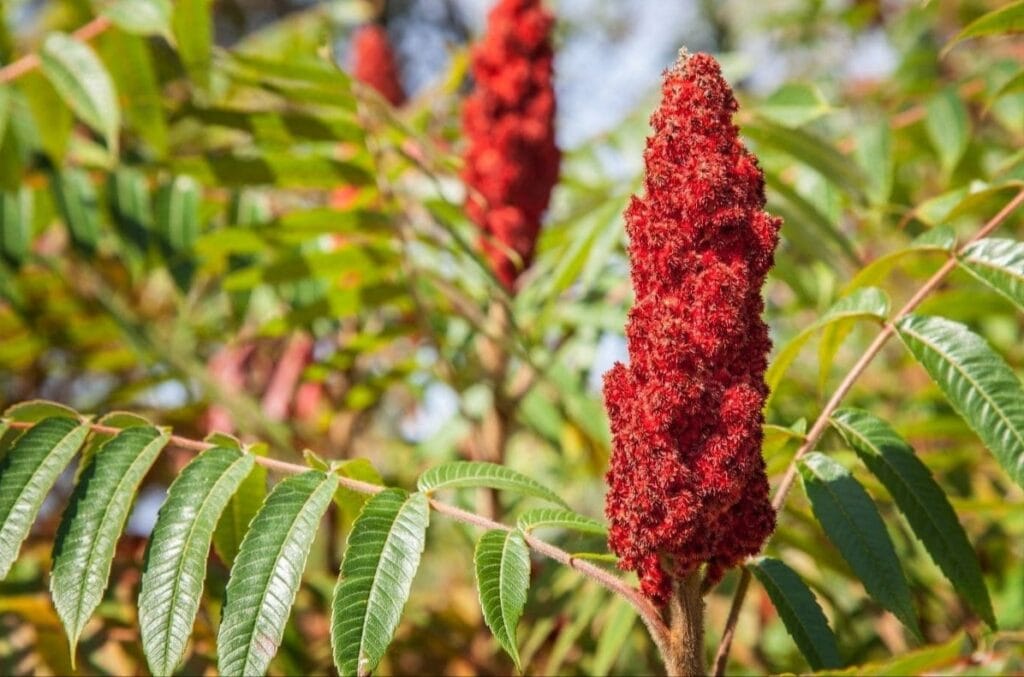
The sumac tree is a deciduous shrub or small tree characterized by compound leaves and clusters of red berries. Varieties of sumac trees, including smooth sumac, fragrant sumac, and winged sumac, are cultivated for their berries, which are dried and ground to produce sumac spice. Some of specific varieties are mentioned here –
Types of Sumac
Staghorn Sumac Tree
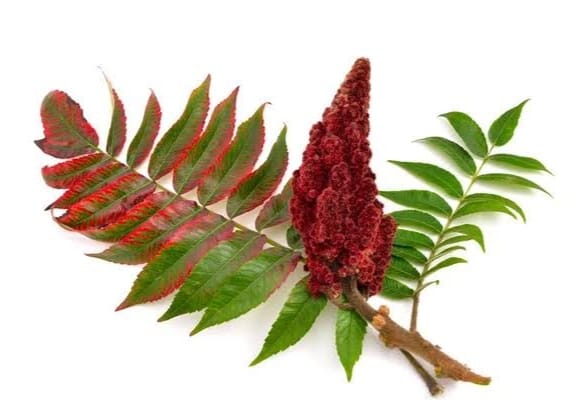
Staghorn sumac, also known as Rhus typhina, is a species of sumac tree native to North America. Recognizable by its distinctive red, cone-shaped clusters of berries and velvety branches resembling deer antlers, staghorn sumac is valued for its ornamental beauty and culinary uses.
Smooth Sumac
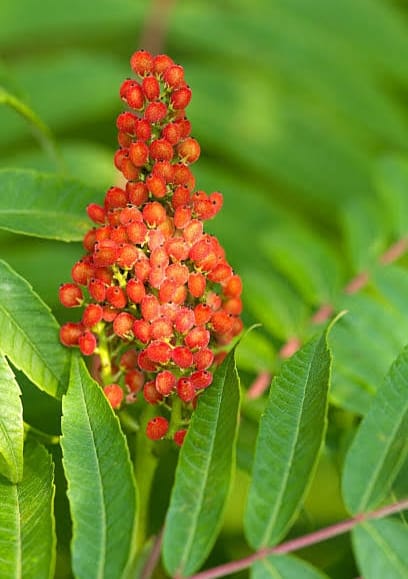
Smooth sumac, also known as Rhus glabra, is a species of sumac tree native to North America. Unlike staghorn sumac, smooth sumac has smooth branches and elongated clusters of red berries. The berries of smooth sumac are dried and ground to produce sumac spice, which is used in culinary applications.
Fragrant Sumac
Fragrant sumac, or Rhus aromatica, is a species of sumac native to North America. It is valued for its fragrant foliage and ornamental appeal, but its berries are not typically used for culinary purposes like other varieties of sumac.
Winged Sumac tree
Winged sumac, also known as Rhus copallinum, is a species of sumac tree native to North America. It is characterized by its winged stems and clusters of red berries, which are dried and ground to produce sumac spice.
Sumac Onion
Sumac onion, or onion flavored with sumac, is a popular ingredient in Middle Eastern cuisine. Sliced onions are marinated in sumac, olive oil, and lemon juice, resulting in a tangy and flavorful condiment that complements a variety of dishes.
African Sumac tree
African sumac, or Searsia lancea, is a species of sumac native to southern Africa. While not commonly used as a culinary spice, African sumac is valued for its drought tolerance and ornamental qualities in landscaping.
Sumac Spice Nutrition Facts
Sumac spice, derived from the berries of the Rhus coriaria shrub, is not only a flavorful addition to dishes but also offers several nutritional benefits. It is rich in dietary fiber, which supports digestive health and helps regulate blood sugar levels. It also contains flavonoids and phenolic compounds, contributing to its antioxidant properties. Here’s an overview table of its nutritional profile:
| Nutrient | Amount per 100g |
| Calories | 280 kcal |
| Carbohydrates | 71 g |
| Fat | 19 g |
| Protein | 5 g |
| Fiber | 14 g |
| Vitamin c | 3 mg |
| Antioxidants | Rich |
In conclusion sumac is not only a flavorful spice but also a valuable addition to a healthy diet due to its various medicinal properties and nutritional benefits.
Sumac Spice Benefits:
Antioxidant-rich
It is rich in antioxidants, particularly flavonoids such as quercetin and kaempferol, which help neutralize free radicals and reduce the risk of chronic diseases.
Anti-inflammatory properties
Studies suggest that sumac possesses anti-inflammatory properties, which may help alleviate inflammation-related conditions such as arthritis and asthma.
Digestive aid
Sumac spice has been traditionally used to aid digestion, thanks to its high tannin content, which may help soothe gastrointestinal discomfort and promote digestive health.
Antimicrobial Properties
Sumac has been shown to have antimicrobial properties, which could help combat bacterial and fungal infections.
Gastrointestinal Support
Sumac has traditionally been used to support digestive health, with some evidence suggesting its potential to alleviate symptoms of indigestion and promote gut health.
Sumac Recipes
Sumac-Spiced Grilled Chicken
Marinate chicken breasts in a mixture of sumac, olive oil, garlic, lemon juice, and salt. Grill until cooked through and serve with a side of roasted vegetables.
Sumac-Spiced Fattoush Salad
Toss chopped tomatoes, cucumbers, red onions, parsley, and mint with a dressing made from sumac, olive oil, lemon juice, and pomegranate molasses. Add toasted pita bread pieces for crunch and serve as a refreshing salad.
Sumac-Spiced Hummus
Blend chickpeas, tahini garlic, lemon juice, and sumac until smooth. Drizzle with olive oil and sprinkle with additional sumac spice before serving with pita bread or vegetables for dipping.
Conclusion
Sumac, with its origins rooted in ancient culinary traditions and its tangy, lemony flavor profile, continues to captivate food enthusiasts worldwide. From its various uses in seasoning and garnishing to its array of health benefits, sumac adds a unique zest to dishes across various cuisines. Incorporate sumac spice into your culinary repertoire and unlock a world of vibrant flavors and tantalizing dishes.
FAQs
Q: What is Sumac Spice?
A: Sumac is a spice made from the dried and ground berries of the wild sumac flower, known for its tangy, lemony flavor. It’s a very popular spice in Middle Eastern and Mediterranean cuisines
Q: What are the health benefits of sumac?
A: Sumac is rich in antioxidants, which can help reduce inflammation. It’s also been traditionally used to treat various health issues like digestive problems and sore throats.
Q: How can I use sumac in cooking?
A: Sumac can be sprinkled over salads, meats, fish, and vegetables for a zesty kick. It’s also often used in spice blends like za’atar and as a garnish for hummus.
Q: Where can I buy Sumac Spice?
A: Sumac can be found at specialty spice shops, Middle Eastern grocery stores, and online. Make sure to buy from a reputable source to ensure quality and freshness.
Q: Is sumac safe for everyone to consume?
A: Generally, yes. However, those with allergies to cashews, mangoes, or pistachios should be cautious, as sumac belongs to the same family and may cause allergic reactions.
Q: What makes sumac different from other spices?
A: Sumac stands out due to its unique tangy and citrusy flavor, which is rare among spices. It’s not spicy like chili nor sweet like cinnamon—it’s more like a burst of lemon zest with a hint of earthiness. It makes sumac different from others.
Q: How does Sumac compare to lemon juice or zest in terms of flavor and use?
A: While both sumac and lemon provide a tartness to dishes, sumac has a more complex flavor profile with smoky undertones. Unlike lemon juice, it doesn’t add moisture to dishes, making it ideal for dry rubs and spice blends. It also has a slightly floral note that’s missing from plain lemon.
Q: Can sumac spice spoil or lose its potency?
A: Like all spices, sumac can lose its potency over time. It’s best stored in a cool, dark place in an airtight container to preserve its vibrant flavor. While it won’t spoil in a way that makes it unsafe to eat, the taste will degrade, typically within a year or two.
Q: Are there any traditional dishes that prominently feature sumac?
A: Definitely! In Middle Eastern cuisine, sumac is a key ingredient in fattoush, a vibrant salad with crispy bread and fresh vegetables. It’s also used in musakhan, a Palestinian dish with chicken and onions, and liberally sprinkled over kebabs and roasted meats.
Q: How is sumac harvested and processed?
A: Sumac berries are harvested once they turn deep red. They’re then dried and ground into a coarse powder. This process retains the essential oils and tartness. Some regions may add a bit of salt to the ground sumac to preserve it further, especially if it’s a local, traditional method.
Q: What are the potential side effects of consuming Sumac?
A: While sumac is generally safe for consumption, overconsumption may cause mild digestive issues like stomach upset for some people. As mentioned, those allergic to cashew, mango, or pistachio should avoid it due to possible cross-reactivity.
